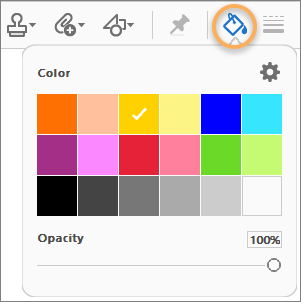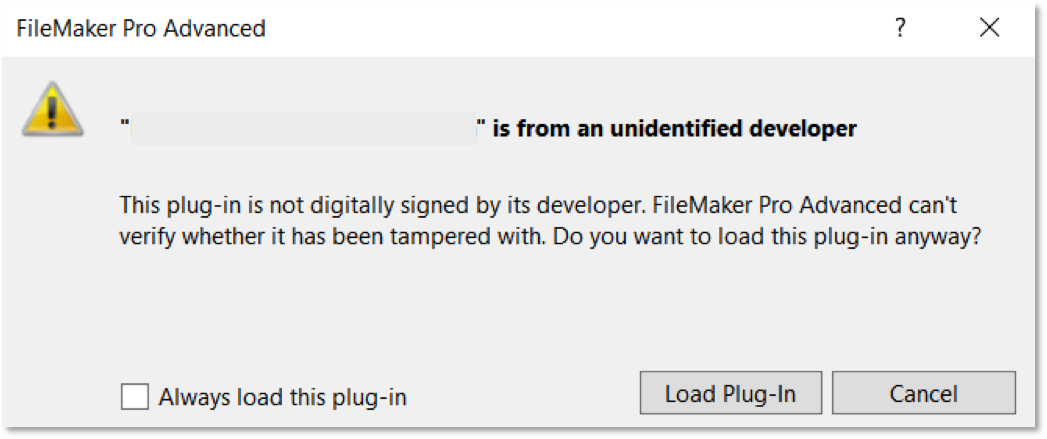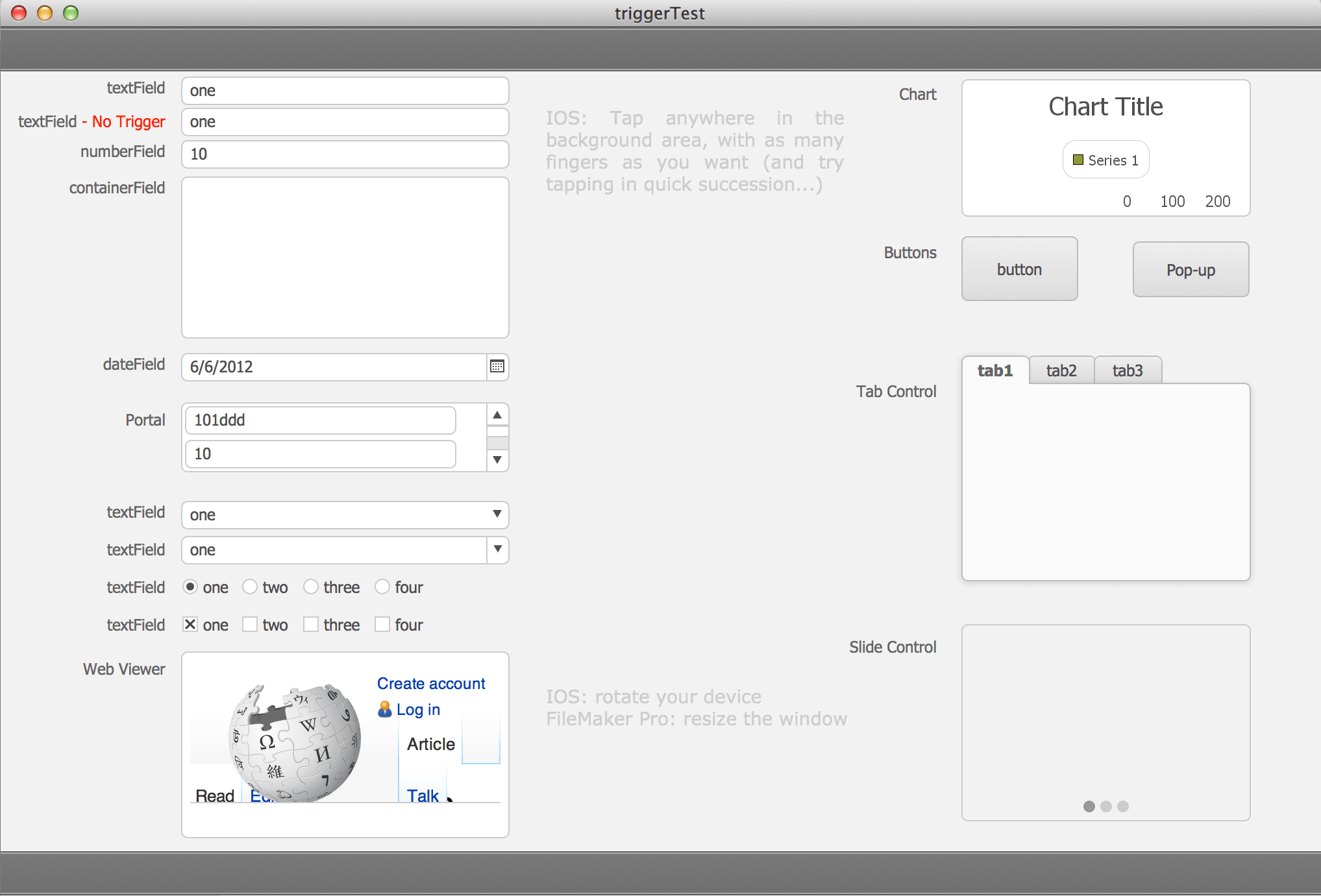

The OnWindowOpen script trigger is fired.The solution is opened in a new window (at the default location and size) and the default layout is displayed.Here is a brief timeline of what occurs when a snapshot link is opened: Here is where things get to be a little trickier and where making things seamless comes in to play. The result is that the history variable contains a return-delimited list of paths to snapshot links.

Every snapshot link gets added to the beginning of the history variable with a return character at the end.
FILE PICKER BUTTON IN FILEMAKER PRO 18 FULL
HistoryĪt the time the snapshot link is created the full path for the snapshot link is stored in a global history variable ($$history). Keep this in mind when creating navigation scripts. One thing of note: On Layout Exit script triggers will not be triggered if you navigate away from the layout while in find mode. This script will remove the most recent snapshot link path from the history variable. The second step is to create a script trigger that updates the snapshot history variable (detailed below) when a new window is opened. The snapshot link is generated with a timestamp in the filename to keep it unique and the snapshot links are stored in the temporary path. This snapshot link will store the user’s current layout, found set, sort order and current record in the snapshot link. The first step is to create a script trigger that saves a snapshot link every time the layout changes. Script Triggers for FileMaker Back Button I have split these up into the following categories: script triggers, snapshot history and restoring snapshots. The general idea behind this is simple and requires only a few aspects to be in place.

The trick is making this whole process as seamless as possible for the user. Using snapshot links (.fmpsl), a user’s layout, found set, sort order and current record can be restored without any fuss. So, I set out to design a solution for them and came up with a solution using snapshot links. However, the customer was adamant that they wanted this functionality. This is certainly not an uncommon request and a simple explanation as to why this isn’t practical normally results in the client withdrawing their request. I recently tackled a request from a client to implement a FileMaker back button that functioned similar in nature to the back button in a web browser.


 0 kommentar(er)
0 kommentar(er)
